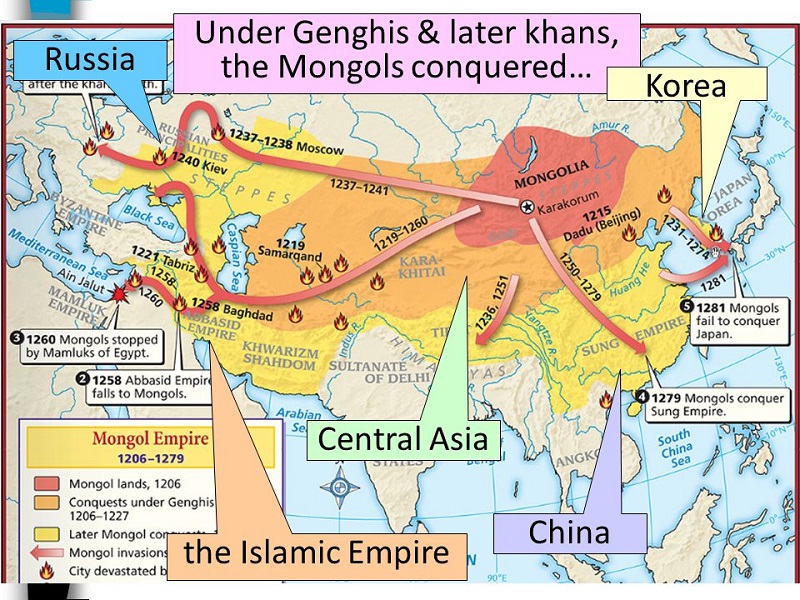How the Mongols Transformed Eurasia and Accelerated Technological Advancements
The rise of the Mongol Empire was a seismic event in Eurasian history. Expanding aggressively from their homelands, the Mongols conquered regions as remote as the Pacific seaboard and the borderlands of Poland and Hungary. Their conquests left behind a trail of devastation and plundered cities, reshaping the political and cultural landscape of the era.
In this article, we explore the significant ways in which the Mongol Empire influenced the history of technology and innovation. From the establishment of research centers to the acceleration of trade and the spread of weapon technologies, the Mongols played a pivotal role in shaping the technological advancements of their time.
- Establishing Research Centers: Pioneering Scientific Advances The Mongol leaders recognized the value of intellectuals and scholars, employing them to advance their empire. In the 1260s, Hulegu, the grandson of Genghis Khan, established a research center called Maragha in modern-day Iran. This center brought together thinkers from across Eurasia, fostering advancements in fields such as alchemy, astrology, and trigonometry. Notably, Hulegu collaborated with the Persian astronomer Nasir al-Din al-Tusi to build the Maragha Observatory, one of the world’s most advanced observatories at that time.
- Trade Expansion and Introduction of New Inventions The Mongol Empire actively promoted free trade, facilitating the exchange of goods and ideas between different regions. Their conquest of China played a pivotal role in the dissemination of technologies previously unfamiliar to the wider world. Gunpowder, for example, originated in China but reached the Mediterranean, the Byzantine Empire, and Western Christendom during the Mongol era. The Mongols expedited the diffusion of gunpowder technology, profoundly impacting warfare and shaping the future of military technology.
- Spreading Weapon Technologies: Catalyzing Innovation While the Mongols introduced new inventions to different regions, they also adopted and spread weapon technologies. During the 1270s, Mongol rulers dispatched Muslim engineers proficient in constructing advanced siege catapults from the Near East to China. These engineers brought with them counterweight trebuchets, a technology developed during the Crusader wars. This exchange of military technologies contributed to the Mongols’ successful overthrow of the Song dynasty.
- Experimenting with Paper Money: Monetary Innovation The Mongols, known for their openness to new ideas, experimented with paper money in the Near East. Drawing from Chinese origins, the Mongol leaders introduced paper currency in trading centers like Tabriz. Despite their efforts, local communities were reluctant to trust this new form of currency. This experiment highlights the Mongols’ willingness to embrace the ideas and practices of conquered subjects, even if the outcome was not entirely successful.
- Highly Efficient Military Organization: Influence on Warfare The Mongols’ military prowess and organizational skills were observed and studied by their opponents. Franciscan Friar John of Plano Carpini, who was sent on a mission to the Mongols by Pope Innocent IV, marveled at the Mongol war machine. He advocated adopting the Mongols’ decimal system, which organized soldiers into squads of 10, companies of 100, and formations of 1,000. Though his advice was largely ignored by Christendom’s rulers, other powers would later adopt this system, harnessing its efficiency to achieve military success.

